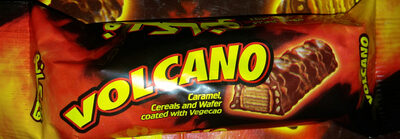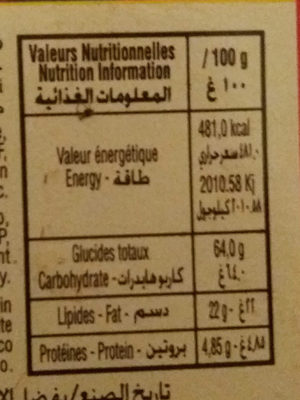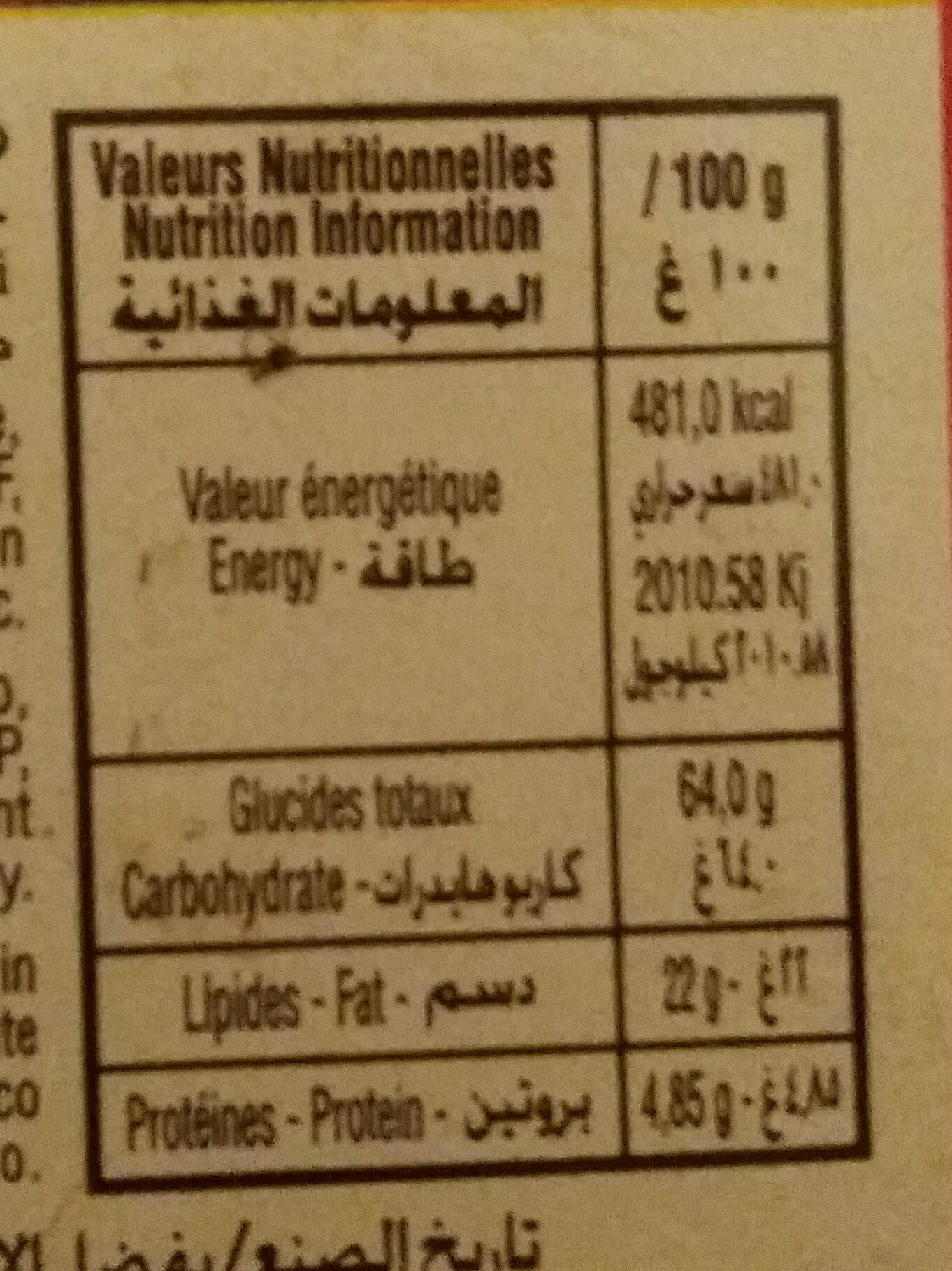Volcano - SAÏDA - 18 g
This product page is not complete. You can help to complete it by editing it and adding more data from the photos we have, or by taking more photos using the app for Android or iPhone/iPad. Thank you!
×
Barcode: 6191544100715 (EAN / EAN-13)
Common name: CARAMEL 35 CEREALES (8%) ET GAUFRETTE (21%) ENROBES DE VEGECAO
Quantity: 18 g
Categories: Snacks, Sweet snacks, Cocoa and its products, Confectioneries, Bars, Chocolate candies, Bars-covered-with-chocolate
Manufacturing or processing places: Tunis
Countries where sold: Algeria
Matching with your preferences
Environment
Packaging
Transportation
Threatened species
Report a problem
Data sources
Product added on by djallil-med
Last edit of product page on by gmlaa.
Product page also edited by openfoodfacts-contributors.
If the data is incomplete or incorrect, you can complete or correct it by editing this page.









